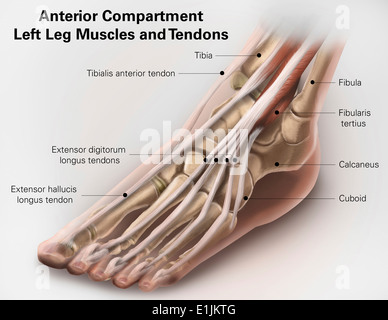
Pain with gentle, passive dorsiflexion of the toes has been described for diagnosing FCS however, its utility remains questionable since this mainly tests the long flexor muscles which reside within the leg as opposed to within the foot compartments. Many types of injuries in the foot produce considerable pain thus, pain out of proportion is not a reliable clinical finding in FCS. Classic clinical findings associated with compartment syndrome include pain out of proportion, paresthesia, pallor, pulselessness, and paralysis however, these tend to be less reliable for evaluation of FCS than previously thought.

įCS is a clinical diagnosis, based on signs and symptoms of muscle ischemia. Other causes of FCS include surgical procedures, occlusive dressings, frost bite, ischemia/reperfusion syndrome associated with vascular injuries, and exertional compartment syndrome. Similarly, FCS can also be seen in tibia fracture and ankle fracture dislocations. This is likely in part related to the existing communication between the calcaneal compartment and the deep posterior compartment of the lower leg. The most common cause of FCS is fracture of the calcaneus, accounting for 4.7–17% of cases. It may be seen in the setting of high-energy injuries including crush mechanisms with and without osseous injury, Chopart and Lisfranc fractures dislocations, mid- and forefoot trauma, and calcaneal fractures. Ischemia results when this intra-compartmental pressure exceeds the capillary perfusion pressure.

It is caused by increased pressure secondary to hemorrhage or edema within an anatomic compartment. Foot compartment syndrome (FCS) is relatively uncommon, accounting for less than 5% of limb compartment syndrome cases.


 0 kommentar(er)
0 kommentar(er)
